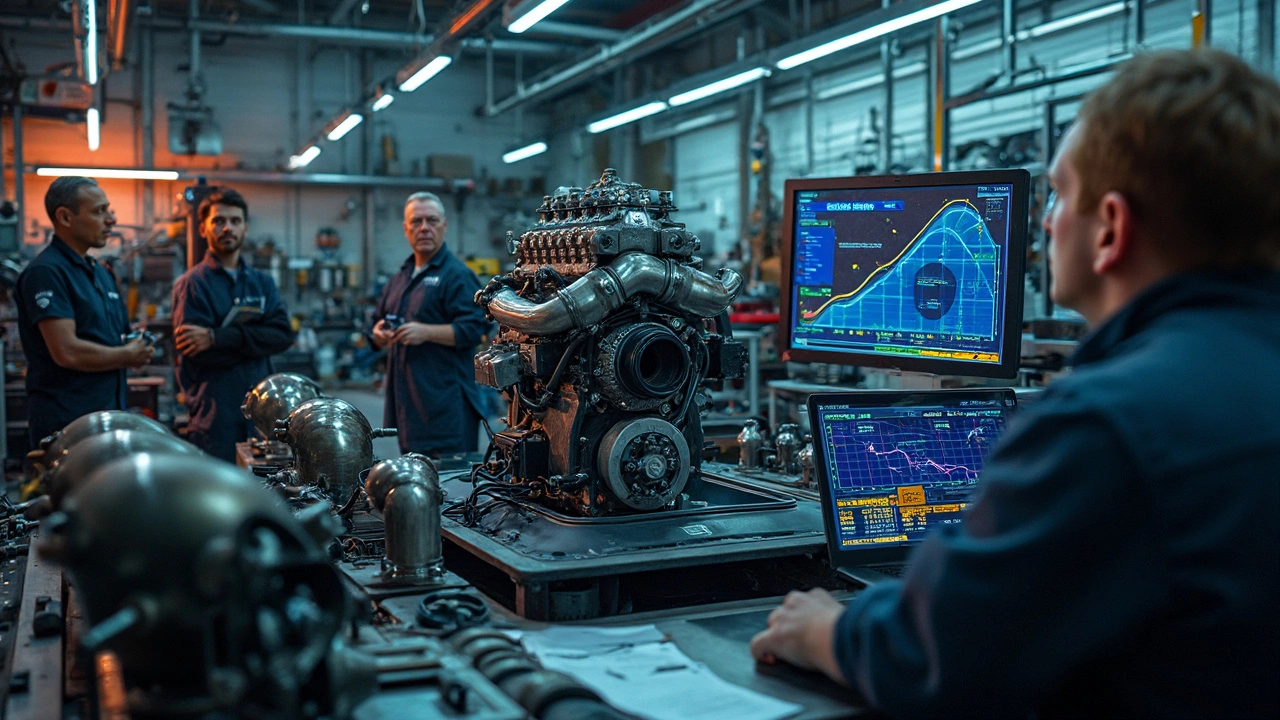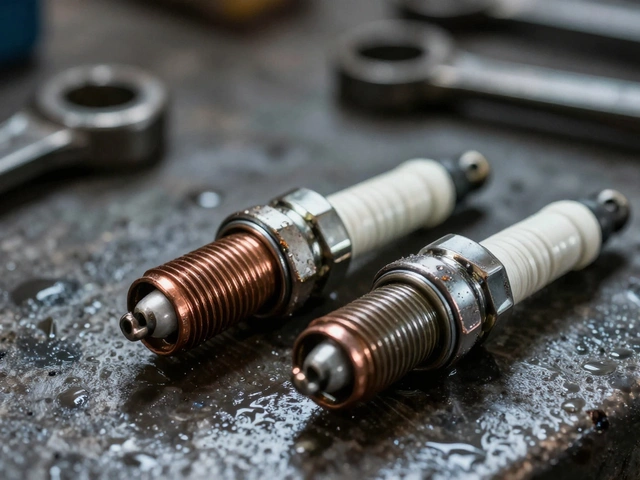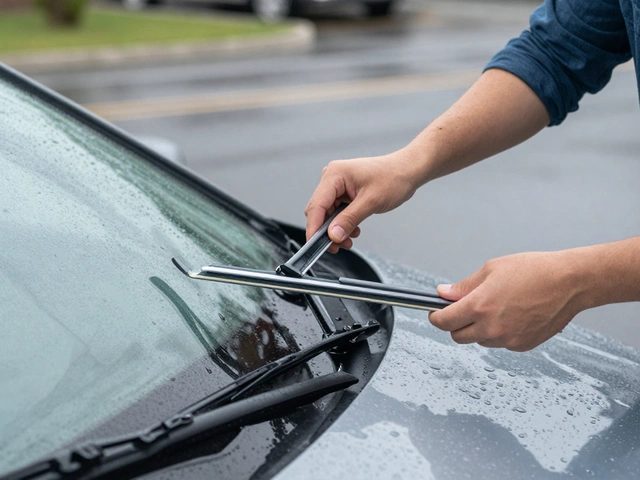400 HP: What It Takes to Build and Maintain a High-Power Car
When you talk about 400 hp, a measure of engine power that pushes a car beyond everyday driving into performance territory. Also known as four hundred horsepower, it’s not just a number—it’s a signal that your car needs serious upgrades to handle the stress. A car with 400 hp doesn’t just go fast; it demands better brakes, a stronger fuel system, and an exhaust that can keep up. If you’re running this kind of power, skipping maintenance isn’t an option—it’s a recipe for disaster.
That’s why performance exhaust, a system designed to handle high airflow and reduce backpressure for maximum power output matters so much. A stock exhaust can’t breathe right under 400 hp. You need a cat-back system that flows, not just one that sounds loud. And if you’re tuning your engine, you’ll quickly learn that brake rotors, the discs that slow your car down when you press the pedal wear out faster. Stock rotors can warp or crack under repeated hard stops. Upgrading to slotted or drilled rotors isn’t luxury—it’s safety. Then there’s the fuel pump, the component that pushes gasoline from the tank to the engine at high pressure. A factory pump might work fine at 200 hp, but at 400 hp? It’s running at its limit. A failing pump here doesn’t just stall your car—it can leave you stranded on the highway.
People think more power is just about the engine. It’s not. It’s about the whole system working together. Your suspension takes more abuse. Your tires need better grip. Your cooling system fights harder to keep the engine from overheating. That’s why the posts below cover everything from how to spot failing shocks to whether you need to replace your radiator before it gives out. If you’re pushing 400 hp, you’re not just driving—you’re maintaining a high-stakes machine. These articles give you the real-world checks, costs, and fixes that actually matter. No theory. No fluff. Just what you need to keep your car alive and running strong.





